Over 60 Years Old and Still Terrifying: 13 Horror Films That Refuse to Die
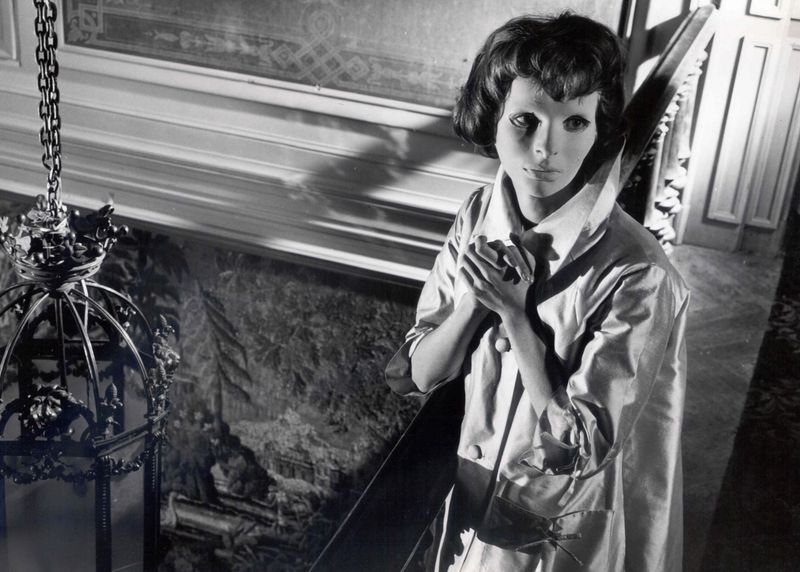
There’s something uniquely terrifying about old horror movies. Maybe it’s the black-and-white shadows, the dramatic screams, or the way suspense builds without relying on jump scares and special effects. These films didn’t need CGI monsters—they relied on pure atmosphere, eerie silence, and unsettling imagination.
1. Psycho (1960)
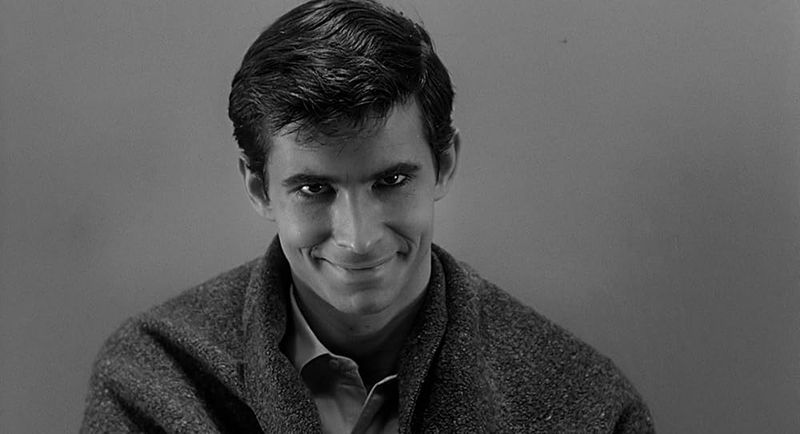
A quiet roadside motel and an even quieter innkeeper hide one of cinema’s greatest shocks. Hitchcock’s Psycho introduced audiences to Norman Bates—a polite, awkward young man with far more secrets than anyone should have.
The film’s famous shower scene remains one of the most iconic moments in horror history. Even without showing much gore, it left viewers feeling violated and paranoid every time they stepped into a bathroom. That sharp violin score alone could make your heart stop.
What makes Psycho still terrifying today is its psychological edge. It’s not just about murder—it’s about the disturbing layers of guilt, identity, and madness. Norman’s smile at the end? Still sends chills down the spine.
2. The Innocents (1961)
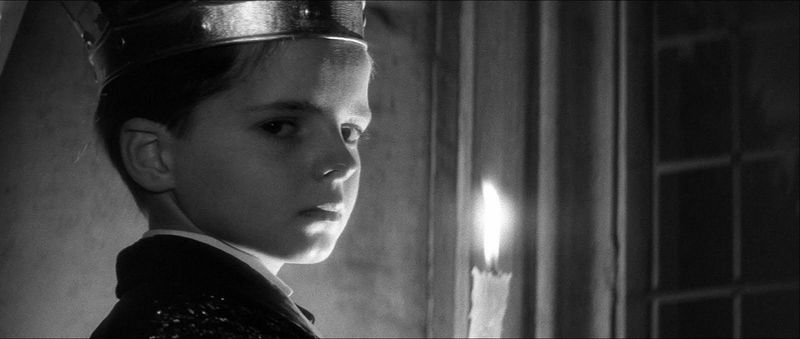
At first glance, it’s a refined British ghost story set in a beautiful countryside mansion. But behind its elegance lurks a creeping sense of dread that slowly tightens around you.
Deborah Kerr plays a governess convinced her young charges are possessed by spirits. The real horror, though, lies in not knowing whether she’s right—or if she’s losing her mind. That ambiguity keeps you guessing and unsettled long after the credits roll.
With its haunting black-and-white cinematography and eerie stillness, The Innocents doesn’t rely on loud scares. It whispers its horror, letting your imagination do the heavy lifting. And honestly, that’s far scarier than anything explicit.
3. House on Haunted Hill (1959)
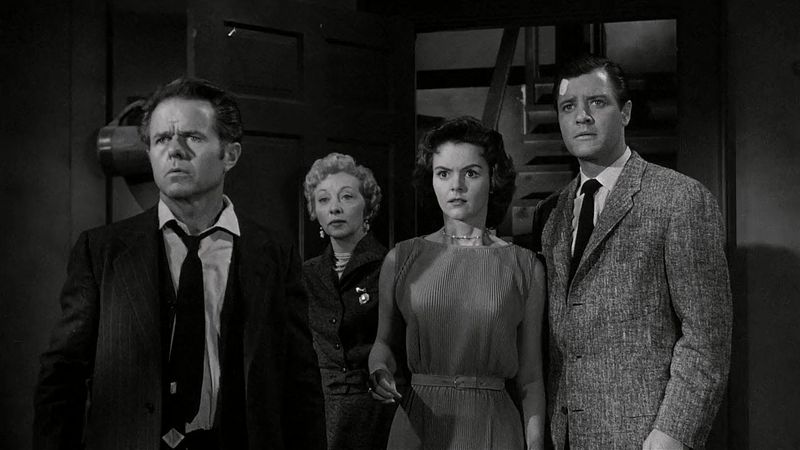
A millionaire invites strangers to spend a night in his mansion—promising a cash prize to anyone who survives until morning. Sounds like fun, right? Until the doors lock and the screams start echoing.
Vincent Price is devilishly charming as the eccentric host who may—or may not—be plotting something sinister. The movie’s mix of campy dialogue and genuine eeriness makes it both fun and frightening.
Even with its low-budget effects, House on Haunted Hill nails atmosphere. The shadows, the creaky floors, and Price’s knowing smirk all work together to make it unforgettable. It’s the kind of horror that makes you grin and gasp at the same time.
4. The Haunting (1963)
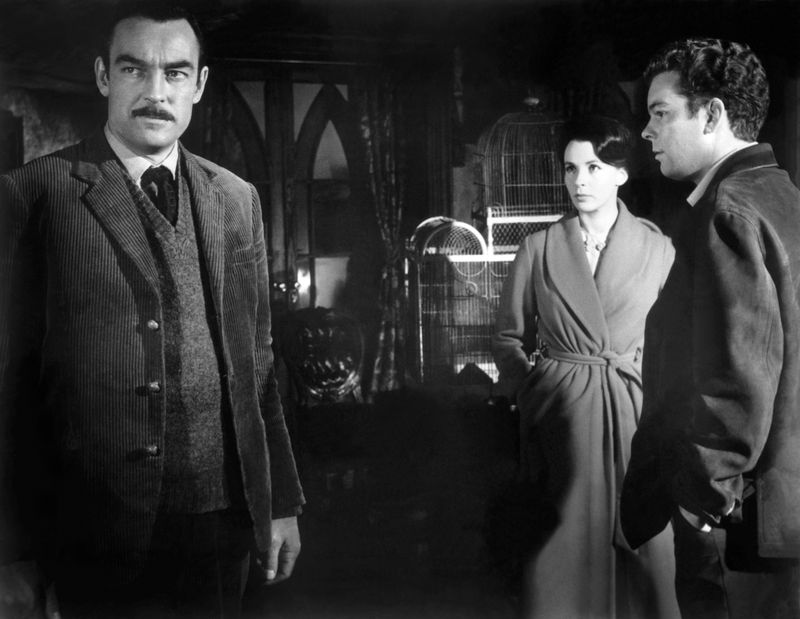
Few haunted house movies have ever matched the slow-burn terror of The Haunting. Director Robert Wise uses sound and suggestion to make the Hill House feel alive—and deeply malicious.
You never actually see the ghosts, but you feel them. The pounding on the doors, the whispers in the dark, and the shifting walls all create a sense of suffocating fear. Every inch of that house seems to pulse with tension.
Modern horror often shows too much, but The Haunting proves that what you don’t see is far more terrifying. It’s a masterclass in psychological horror that will make you question every creak in your own home.
5. Eyes Without a Face (1960)
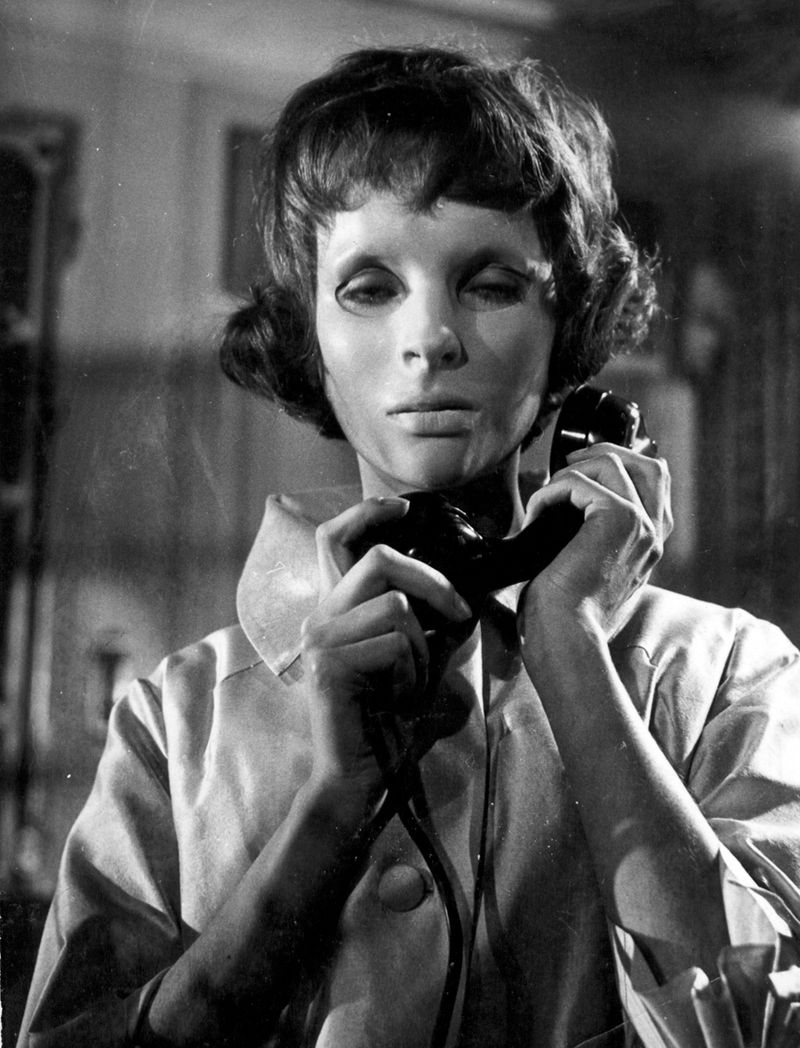
This French horror gem is as poetic as it is horrifying. A brilliant but deranged surgeon will stop at nothing to restore his daughter’s disfigured face—even if it means stealing others’.
The haunting imagery—especially the daughter’s blank mask—stays with you long after watching. It’s both beautiful and grotesque, making you feel sympathy and revulsion at once.
Unlike many horror films of its era, Eyes Without a Face focuses on atmosphere and emotion rather than cheap thrills. It’s the quiet horror of obsession, guilt, and twisted love—and that’s what makes it unforgettable.
6. Night of the Living Dead (1968)
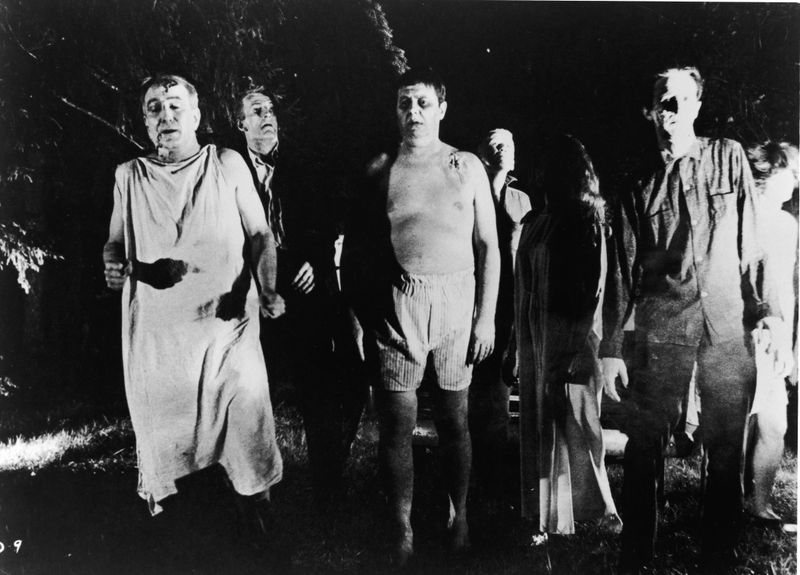
Though just under the 60-year mark, it’s impossible not to include George A. Romero’s zombie masterpiece. When a group of strangers barricade themselves inside a farmhouse, their real enemies turn out to be each other.
The grainy black-and-white look only heightens the tension, making the violence feel raw and real. It was revolutionary—not just for horror, but for film itself.
Beyond the scares, Night of the Living Dead reflected the chaos of its era: social tension, mistrust, and survival at any cost. More than half a century later, it’s still biting—and still terrifying.
7. Black Sunday (1960)
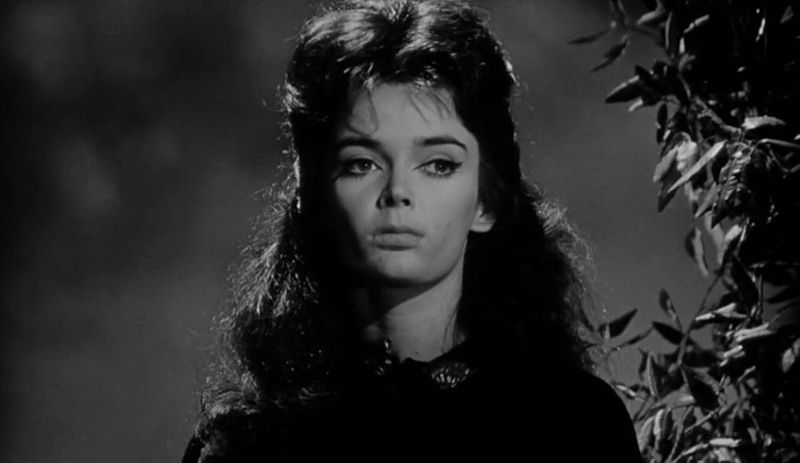
Italian director Mario Bava crafted a gothic nightmare drenched in shadows and fog. The film opens with a witch being executed, swearing vengeance on her killers—and centuries later, she gets her wish.
Barbara Steele’s dual role as the vengeful witch and her innocent descendant is mesmerizing. Her piercing eyes and eerie beauty became legendary in horror cinema.
Every frame feels like a painting come to life. Black Sunday oozes atmosphere, proving you don’t need flashy effects to unsettle an audience. If you’re drawn to gothic castles, curses, and dark romance, this one’s pure cinematic sorcery.
8. Peeping Tom (1960)
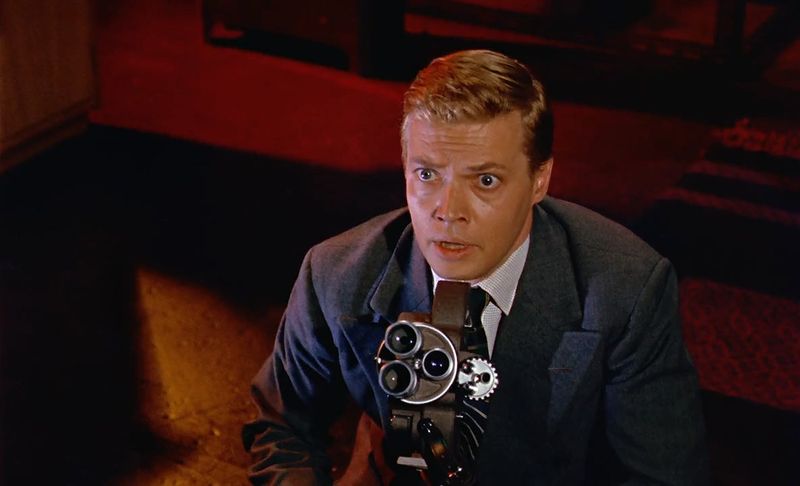
Before Psycho, there was Peeping Tom—a film so disturbing it nearly ended its director’s career. It tells the story of a quiet man who films his murders, capturing his victims’ final moments of fear.
This psychological horror cuts deeper than most slashers because it forces viewers to question their own fascination with watching. It’s about voyeurism, control, and the terrifying line between observer and participant.
Decades later, the movie feels chillingly ahead of its time. Its critique of obsession with cameras and spectacle feels eerily relevant in today’s social media world. Watching it still feels like peering into something you shouldn’t.
9. Nosferatu (1922)
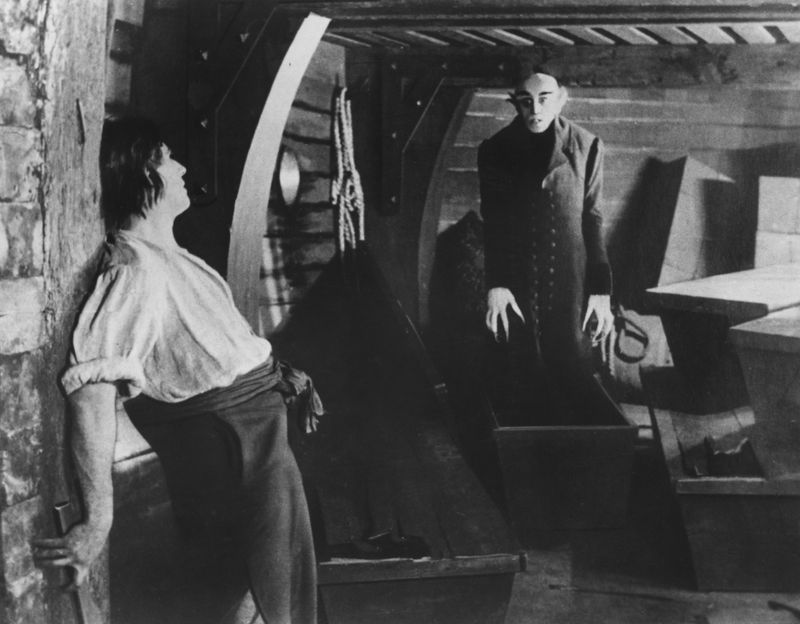
Silent but deadly, Nosferatu remains one of the creepiest vampire films ever made. Max Schreck’s portrayal of Count Orlok is so uncanny, people once believed he might actually be undead.
Even without sound, the film’s atmosphere seeps under your skin. The exaggerated shadows, the stiff movements, and that gaunt, monstrous face make every frame feel cursed.
It’s over a century old, yet still capable of giving viewers the chills. Forget sparkling vampires—Nosferatu is pure nightmare fuel that reminds you horror doesn’t need dialogue to haunt you.
10. The Cabinet of Dr. Caligari (1920)
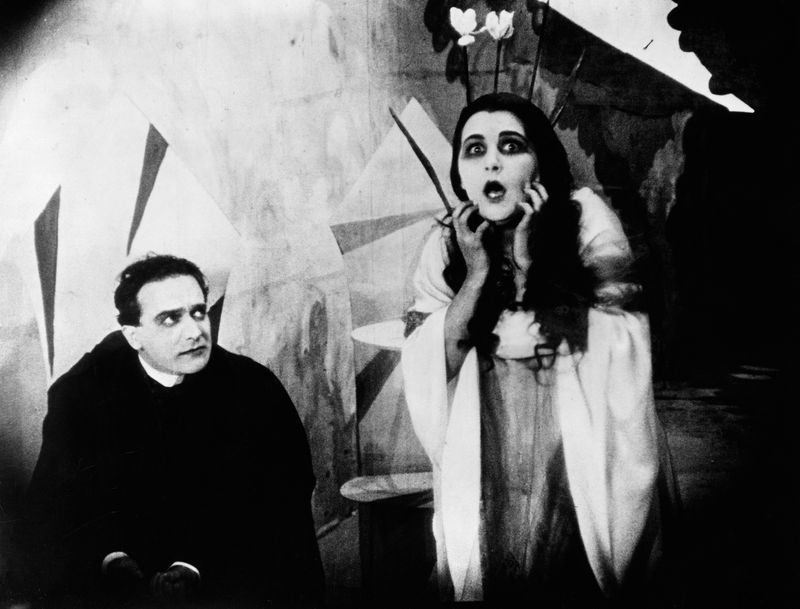
This isn’t just a horror film—it’s a fever dream painted onto celluloid. Twisted sets, slanted walls, and surreal lighting create a world that feels entirely off-balance.
The story follows a hypnotist who uses a sleepwalker to commit murders. But the deeper you go, the more you realize that reality itself is part of the horror.
Its unsettling visuals influenced generations of filmmakers, from Tim Burton to Guillermo del Toro. Watching Dr. Caligari today still feels like stepping into someone’s warped mind—and not being sure you’ll find your way out.
11. Carnival of Souls (1962)
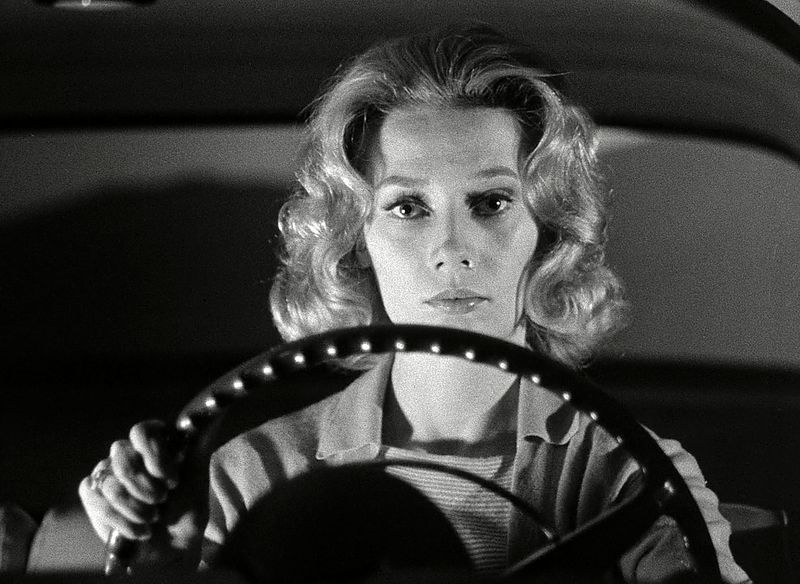
After surviving a car accident, a young woman relocates to start fresh—but something otherworldly begins to follow her. Carnival of Souls feels like a bad dream you can’t wake up from.
Shot on a shoestring budget, the film’s grainy look and eerie organ music somehow make it even creepier. It’s a haunting meditation on isolation and the line between life and death.
What makes it stand out is its mood. There’s no blood, no monsters—just a feeling of deep unease that lingers for days. It’s proof that atmosphere alone can make your skin crawl.
12. Diabolique (1955)
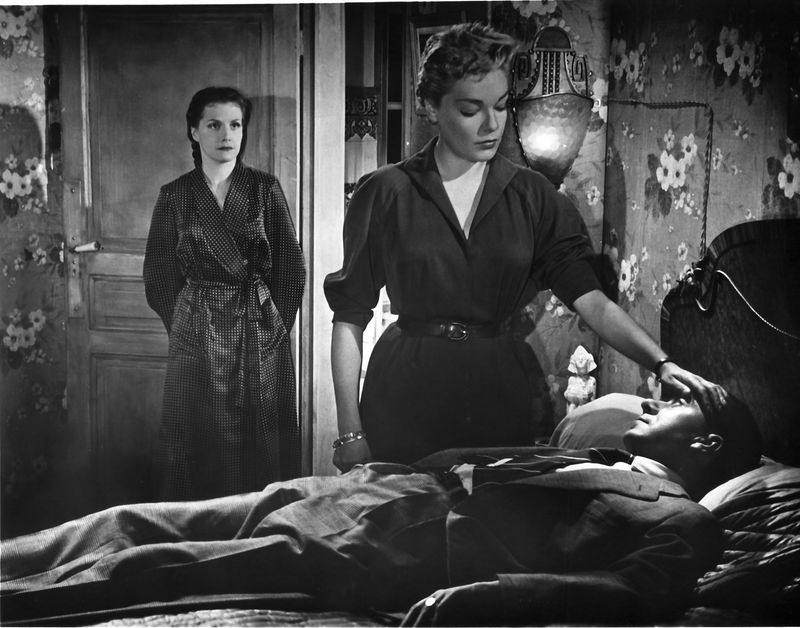
Long before Psycho, this French thriller delivered one of the most shocking twists in film history. A cruel headmaster’s wife and mistress conspire to kill him—but things don’t go as planned.
The tension builds with every scene, and the final act is the stuff of nightmares. What you think is true constantly shifts, keeping you off balance until the last gasp-worthy reveal.
It’s part mystery, part ghost story, and entirely unnerving. Diabolique is the kind of film that makes you look twice at every shadow and wonder what’s really going on beneath the surface.
13. Creature from the Black Lagoon (1954)
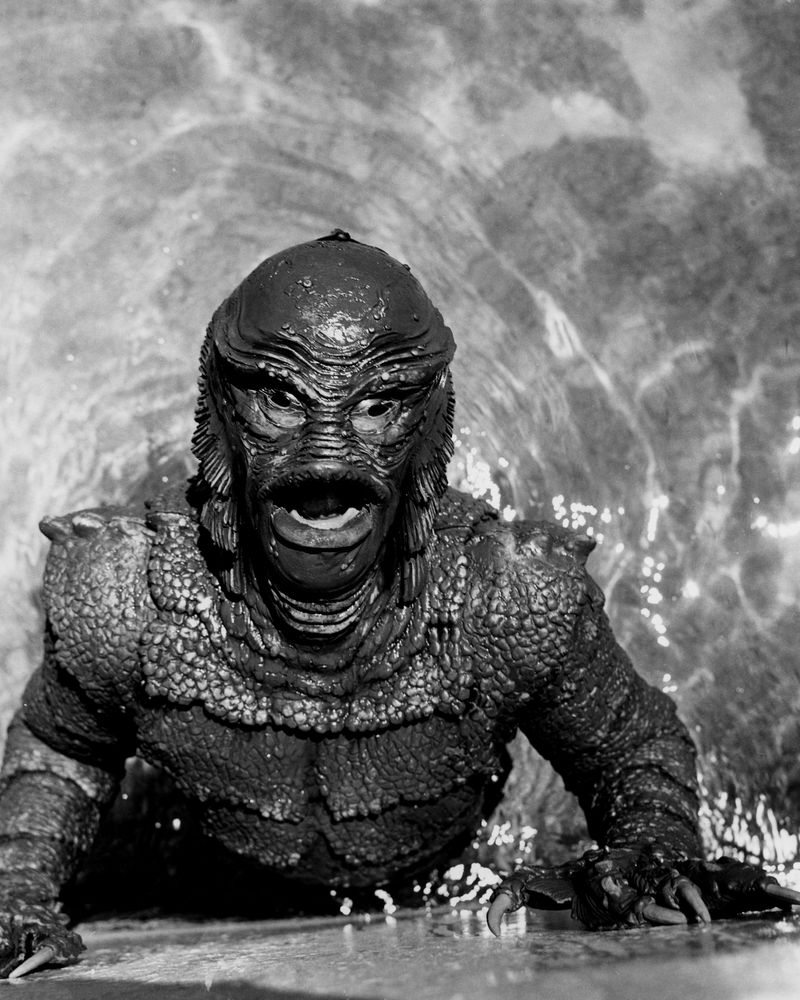
Deep in the Amazon, scientists discover a strange amphibious creature—and instantly regret it. The Gill-man’s haunting design and tragic loneliness make this monster more than just a villain.
The underwater cinematography is stunning even today. Watching the creature silently glide behind his prey creates a level of suspense most modern films can’t match.
It’s both a horror story and a dark love story, reminding us that fear often comes from misunderstanding the unknown. Creature from the Black Lagoon proves that even “monster movies” can be hauntingly beautiful.

Comments
Loading…